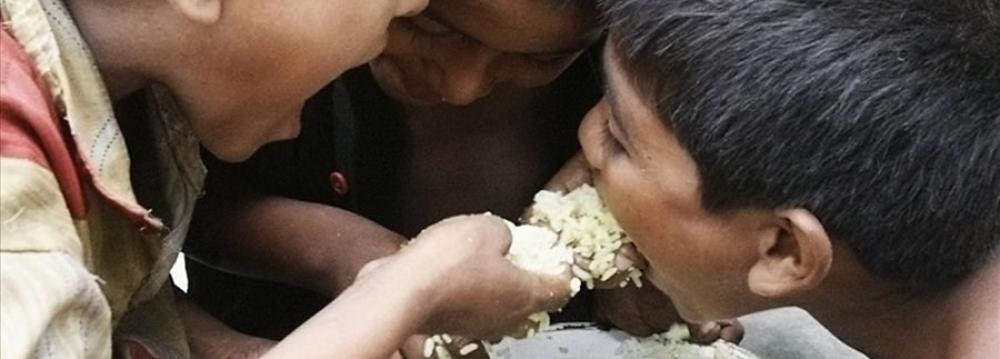Fifty-five percent of the world’s poor still have limited protection from hunger and economic, social or political crises despite expansion of social safety programs in developing countries in recent years.
According to a report released by the World Bank on Tuesday, most of the poor without a social safety net system are in lower-income countries, especially in sub-Saharan Africa and South Asia, where the vast majority of the world’s poor reside, Zhai Yun Tan wrote for IPS News.
In these countries, safety schemes like cash transfers and school feeding programs only cover 25% of the extreme poor, compared to 64% coverage in upper-middle-income countries.
Existing social welfare mechanisms are insufficient to close the poverty gap, leaving approximately 773 million people struggling to survive, experts say.
The report, the second in a series, was released following the World Bank Group and International Labor Organization’s announcement of their goals to provide universal social protection within the next 15 years.
A joint statement released by the two organizations on June 30 cited universal coverage and access to social protection as twin goals by 2030.
“The World Bank Group and the ILO share a vision of social protection for all, a world where anyone who needs social protection can access it at any time,” according to the joint statement by Jim Yong Kim, president of the World Bank Group, and Guy Ryder, executive director of the ILO.
The report comes just ahead of the United Nations’ third Financing for Development conference scheduled to take place in the Ethiopian capital Addis Ababa next week, where world leaders will discuss plans for funding the post-2015 development agenda, due to be launched in September.
The issue of providing universal social protection is slated to be at the centre of the agenda.
The five largest social safety programs in the world are in China, India, South Africa and Ethiopia, where regular assistance reaches a combined total of 526 million people.
According to the report, all countries have at least one type of social security scheme, while the average developing country has about 20 such programs. Globally, approximately 1.9 billion people benefit from these mechanisms.
On average, low-middle-income countries devote 1.6% of their gross domestic product to these mechanisms, while richer countries devote 1.9% of their earnings to social programs.
The World Bank reports that poor policy choices lie at the heart of inefficiencies in adequately providing for the poor. Fuel and electricity subsidies, for instance, reduce the portion of government spending allocated to social spending. These regressive subsidies disproportionately benefit the rich.
For example, Yemen spends 9% of its GDP on energy and electricity subsidies, compared to the 3% it spends on social security programs. The country, engulfed in political turmoil for the past few years, is already one of the poorest countries in the Arab world with up to 54.5% of its population living in poverty.
“Going forward, more can be done to close the coverage gap and reach the world’s poorest by improving the effectiveness of these programs underpinned by enhanced targeting, improved policy coherence, better administrative integration, and application of technologies,” according to Arup Banerji, the World Bank Group’s senior director for social protection and labor.


